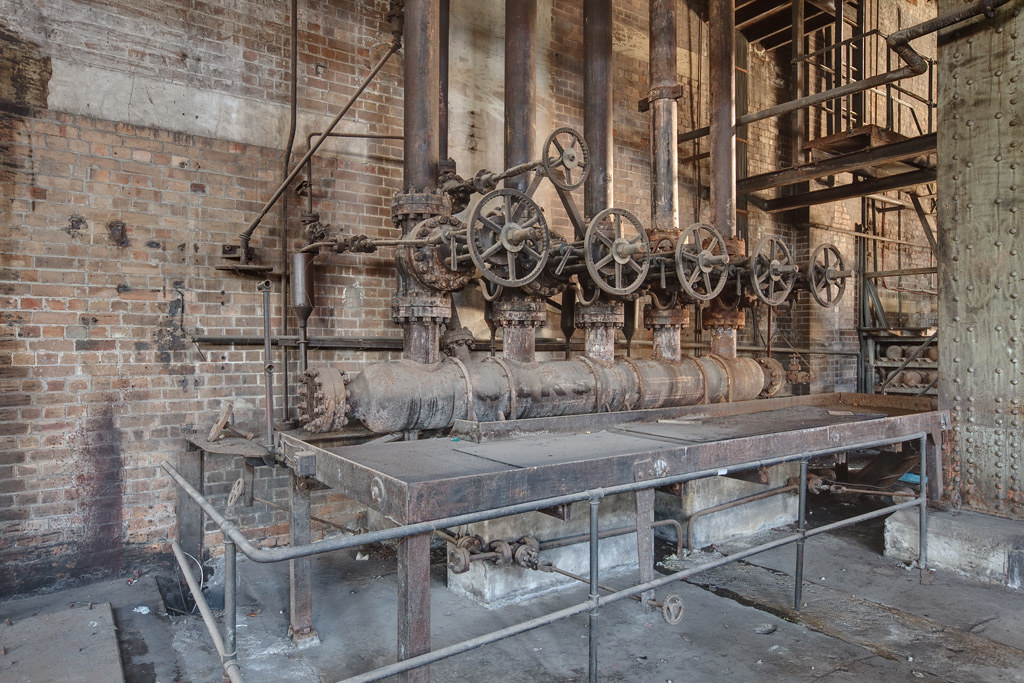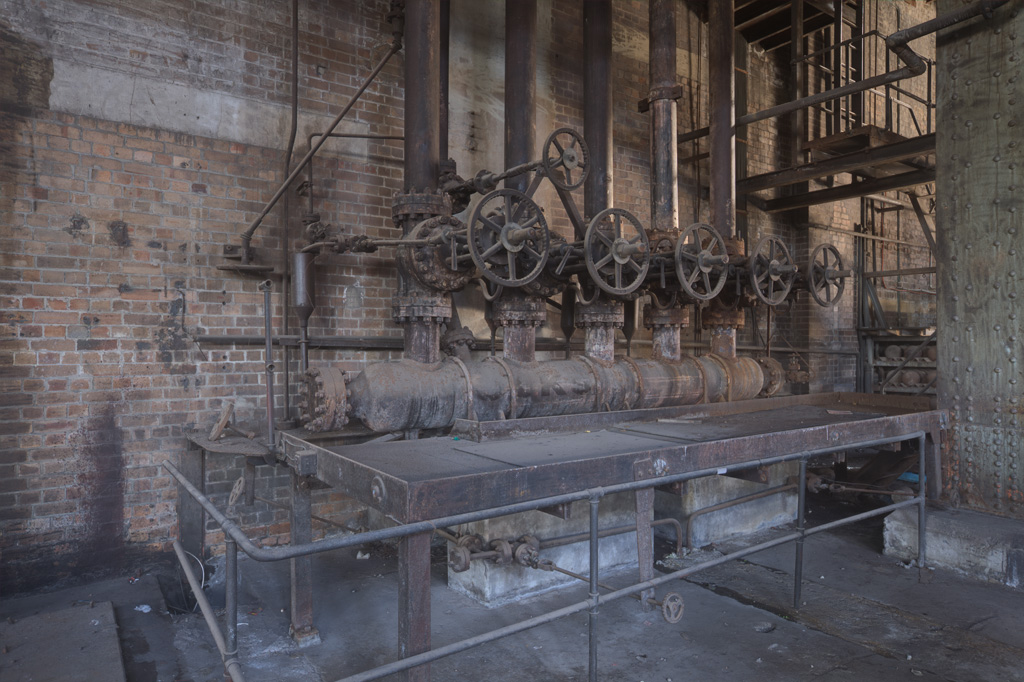I've just posted on my blog some of my thoughts on HDR imaging, as well as my techniques and some general advice.
I figured I'd re-post it here. Hopefully it will be of benefit to those interested in HDR imaging.
Some Thoughts on HDR Imaging
The concept of HDR (high dynamic range) imaging is something that either elicits glee or horror.
Over the last few years, thanks to software such as Photomatix Pro, it has been possible to automatically produce composite images using bracketed exposures in order to bring out rich detail which is impossible for a camera to capture in a single frame.
It has been done with varying levels of success.
Unfortunately, many who have dabbled with HDR imaging have produced horribly over-processed, garish images which have unnaturally saturated (almost radioactive) colours, higher-than-acceptable levels of noise, halos around tonally contrasty areas, and an altogether illustrated look which depletes the subject matter of any photo-realism.
The sorts of grossly over-cooked HDR images on the Internet has led some people to believe or state that HDR is an abbreviation for 'Hardly Done Right'. And they'd be correct.
Early this year I began experimenting with HDR imaging. Looking back at the 23 images I have shot and published so far this year, 15 of them have been HDR images. That's two thirds of my 2011-shot images thus far.
When I started, I aimed specifically to avoid producing the cringe-worthy over-cooked images so prolific on the Internet. I wanted to use HDR imaging techniques to bring out, in a natural way, the details our eyes can see. I wanted to depict reality, not fantasy.
I think I have achieved that, and avoided what some call the 'Photomatix look'. Anyone who knows the dynamic range limitations of a camera operating in a high-contrast scene will realise that my images are HDR images, but hopefully, those who don't know much about cameras and to whom the letters H, D and R are random letters of the alphabet, won't realise that my HDR images are HDR images. The idea is that my images should look like what one would expect to see if one were at the scene at the time of capture.
What I find difficult to understand is how, using Photomatix, people can over-cook images in such a ghastly manner. Photomatix has some presets, two of which I consider way over the top; but using some of the more subdued presets, it is possible to produce photo-realistic images without really doing much work.
My first HDR image was a Photomatix-merged composite of seven images I had shot within the -3EV to +3EV range. What Photomatix produced was very photo-realistic, albeit flat in tone. I didn't need to tweak any sliders or fiddle with any settings to produce something realistic and pleasing.
I have found that HDR processing tends to suck the black tones out of an image, so it's necessary in post-processing to boost the blacks and mid-tones so the image doesn't look so flat.
Depending on the subject matter, with Photomatix, it requires some conscious and deliberate effort to produce a ghastly HDR image. It's astonishingly easy to produce a realistic image without going to any trouble.
HDR imaging can produce spectacular, photo-realistic results; but my view is that, like any post-processing, less is more; and that one must at all costs avoid clicking the 'Process the Hell Out Of This' button, and exercise restraint.
These days when I shoot, I shoot with HDR imaging in mind, and my technique begins at the capture phase.
I firstly use a solid, rock-steady tripod to ensure consistent framing in each bracketed image. I then capture a series of images of the same scene with the exact same framing, a stop apart. Depending on the available light at the scene, I will bracket five or seven images. More contrast-laden scenes require more images to capture the entire gamut of tonality, whereas less contrast-laden scenes will not require as many exposure values.
Naturally, I shoot in raw mode so that my source images are as unprocessed as possible, have no white balance settings locked in, and don't sacrifice details by dropping the bit depth and applying compression, as is the case with JPG mode.
Back in the digital darkroom, I apply consistent raw conversion to all of my images, whereby I set the white balance, apply raw pre-sharpening, choose a white balance either from a preset or a custom value in degrees Kelvin, boost the clarity and maybe occasionally boost the vibrance or black tones.
Once I've dropped my series of bracketed images into Photoshop, I drop the bit depth to 8-bit and save them all as JPGs using the highest quality value (12).
I then drag the JPGs into Photomatix and at the tone mapping phase select the 'Fusion - Default' preset. This is a fairly neutral preset that produces realistic results.
Once I have my tone-mapped TIFF image, I open it in Photoshop and apply my normal post-processing workflow (which can and does vary from image to image).
One of the first things to be done with a newly-generated HDR image is to apply a levels adjustment layer and increase the blacks (drag the left-most slider more to the right) and adjust the mid-tones by dragging the middle slider. The image will inherently gain more contrast and tonality with that simple step. Then it's a matter of applying whatever other processing one would normally apply.
The key to successful and realistic HDR imaging is not to overdo it. Too much contrast or too much colour, which can be the result of an aggressive tone mapping preset, can result in garish images which have the 'Photomatix look'. Saturation and contrast can be easily and subtly added in post-processing, but if the HDR-merged image has too much saturation or contrast from the beginning, it looks dreadful and takes more work to remove (assuming it's even possible to restore reality to the image).
I have barely six months of experience with HDR, but I am fortunate in that I've found a way, with little effort, to produce realistic, pleasing images that avoid the pitfalls across which so many have stumbled.
Less is more, and more is less.







 Thanks useful information:
Thanks useful information: 
 Reply With Quote
Reply With Quote Add To Bookmarks
Add To Bookmarks




 Threadstarter
Threadstarter

























 D7000, D300, Nikkor 50mm F1.4D, Nikkor 18-200mm, Tokina 11-16mm F2.8, Sigma 8mm F3.5, SB800, 3x SB600
D7000, D300, Nikkor 50mm F1.4D, Nikkor 18-200mm, Tokina 11-16mm F2.8, Sigma 8mm F3.5, SB800, 3x SB600







